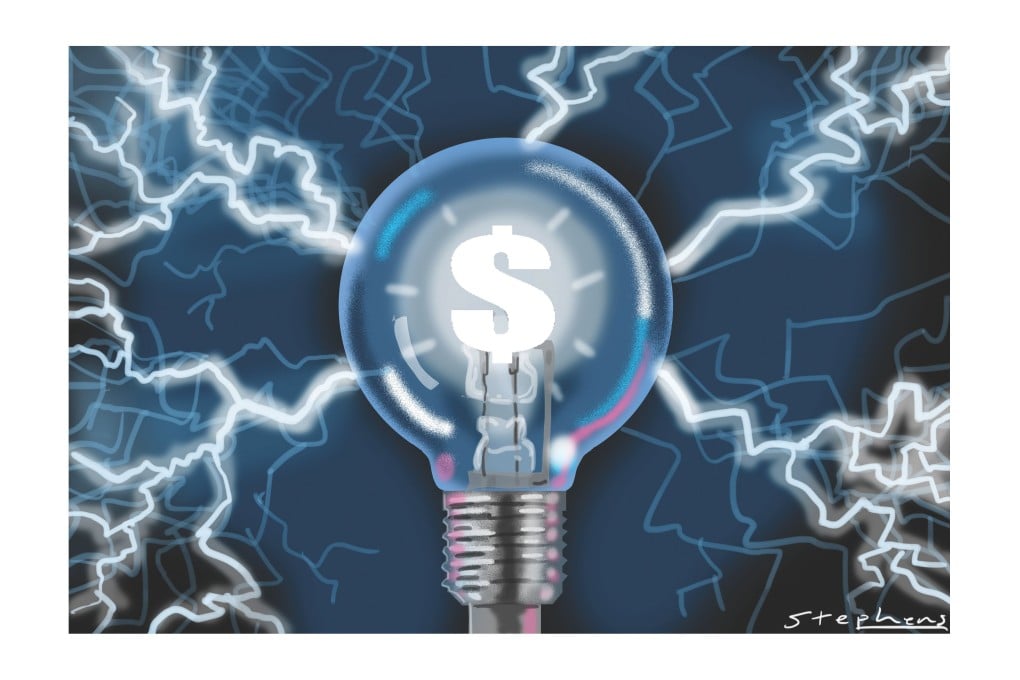The true costs of our electricity
Way Kuo says our calculation of the least costly way to generate electricity will be skewed, as long as the environmental harm of the use of fossil fuels is not properly accounted for

Smog is a major problem facing Beijing and many other places on earth today. It is also a reminder that environmental pollution has reached a critical point in human history.
The recent documentary Under the Dome, an in-depth report on environmental problems in China by Chai Jing , has triggered a heated debate over the credibility of its sources. But the debate has sidestepped one of the critical issues facing humanity: greenhouse gas emissions and their impact on the environment and the sustainability of earth.
Energy is a necessity in modern life. Our dependence on electricity has left noticeable carbon footprints on nature. Of the broad spectrum of energies, fossil fuels (coal, natural gas and oil) are still the major energy sources for electricity generation, accounting for 67 per cent of world electricity production as of 2012, in spite of pledges by governments around the world to increase the use of renewable green energies. The rest comes from cleaner energies like hydroelectric (17 per cent) and nuclear (11 per cent).
According to the Intergovernmental Panel on Climate Change, approximately 37 per cent of total carbon dioxide emissions are from electricity production, especially from burning coal. The level of atmospheric carbon dioxide is building up and that build-up is accelerating as electricity demand is expected to increase by 43 per cent over the next 20 years.
Nuclear energy, in comparison, ranks among the lowest of any electricity generation methods in terms of greenhouse gas emissions and is comparable, on a life cycle basis, to wind, hydropower and biomass energy. It emits one-fifteenth and one-thirtieth as much greenhouse gas as natural gas and coal respectively.
And yet, nuclear energy has been a controversial topic ever since its adoption for commercial use. There are as many opinions about this problem as there are experts. While it is praised as one of the possible solutions to the energy shortage, it is condemned by others as "an unbearable inheritance" for future generations. The nuclear accident at Fukushima Daiichi nuclear plant in 2011 brought the safety concerns sharply into the public eye again.
People are haunted by the fear of nuclear disasters when, in reality, nuclear energy has a strong safety record. Nuclear power plants achieve a high degree of safety by using what is called the "defence-in-depth" approach with multiple physical barriers built into their operation. These physical barriers prevent operational disturbances or human failures and errors, which have been found to be the cause of 80 to 90 per cent of mishaps. Even the Fukushima nuclear accident, triggered by a magnitude 9 earthquake and catastrophic 14-metre-high tsunami, has been defined as "a profoundly man-made disaster".